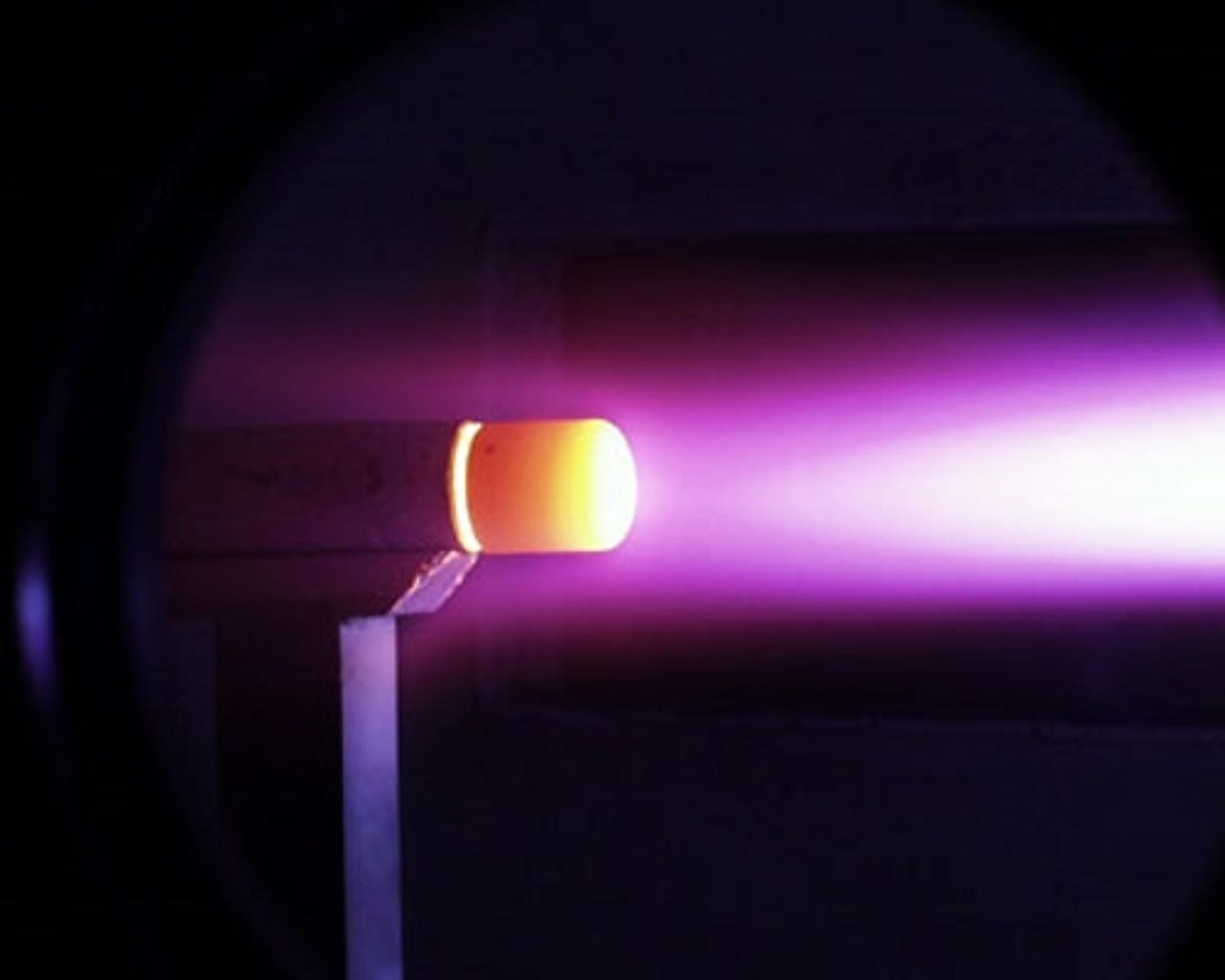Photos: The business tech that came from outer space

How technology designed to help explore the solar system is finding a use on earth
What have a spacecraft landing on one of Saturn's moons, and crisps being loaded into a bag got in common? Both rely on technology developed to help explore outer space.
Technologies used by the European Space Agency (ESA) and Nasa to power and protect their spacecraft are finding a new lease of life in factories, planes and everyday items around the home.
The technologies are part of the technology transfer programme, a scheme aimed at reusing space flight technology developed by European companies in the commercial sector.
This week the ESA presented space-based technologies that have successfully been transferred into the everyday world at the Hanover Fair.
German company HTG - Hyperschall Technologie Gottingen's simulation software is one of the technologies to make the jump from space to the business world.
The software was used to model the descent of an ESA probe onto the surface of Titan, one of the moons of Saturn, in order to ensure it survived the journey to the surface intact. The software modelled air flow, rate of descent, temperature and other variables to help engineers decide which materials would offer the landing craft the best protection on Titan's surface. The software also allowed ESA staff to plot how fast and at what angle the landing craft should enter Titan's atmosphere in order to land safely on the surface.
The same software is now being used to reduce the time it takes to produce a bag of crisps.
Packing machine manufacturer Romeva used the software to model how fast a crisp could be dropped into a bag without breaking. Using that information the firm was able to redesign its crisp-bagging machines to increase the speed at which the machines filled each bag.
The new machines are able to fill a bag of crisps up to 50 per cent faster than their predecessors, streamlining the production process for crisp makers.
Photo credit: ESA
The International Space Station, seen here having the Leonardo multi-purpose logistics module delivered by the space shuttle Discovery, is being built in stages. Modules are bolted together in a Lego-like fashion over time.
To ensure each module will fit together in a stable way that will not come apart when there are vibrations in the structure, modelling software is used.
The software, called Simpack, simulates how the modules fit together and how the structure as a whole responds when subject to any jolt or shock.
The modelling software allowed design engineers to tweak module designs before the Columbus module, built by the European Space Agency, was constructed to ensure the best possible results.
Car manufacturers such as BMW are using the software to design vehicle prototypes. It is also used in the rail, biomechanical and mechanical engineering industry.
Photo credit: Nasa
Nasa's space shuttles, such as the Endeavour seen here, have an onboard robot arm capable of screwing and unscrewing connections in equipment and even catching objects in its hand.
The robot arm is both agile and extremely light compared to the robotic arms that preceded it.
Making the arm as light as possible is important because the high cost of rocket fuel means that weight of every item on the shuttle has to be minimised.
The robot arm is powered by an electrically driven spindle system that allows the weight to be kept very low.
The lightweight spindle is being used in the braking systems of cars, within air conditioners, and inside injection moulding machines, among other uses.
Photo credit: Nasa
This film is a sensor that is used to help decide on the best size and shape for spacecraft re-entering the Earth's atmosphere from space.
The piezoelectric film works by generating an electric current - which can be measured - whenever it detects pressure, vibrations or any other kind of movement or force.
The film is used by the ESA to measure how easily air will flow over the surface of spacecraft upon its re-entry into the Earth's atmosphere.
Models of potential spacecraft re-entry vehicles have the film applied to their surface. The film is then used to measure how easily air flows over the craft in wind tunnel tests.
The aviation industry also uses the film in wind tunnel tests to measure how efficiently new aircraft designs will pass through the air.
The film is thinner than a human hair at one hundredth of a millimetre thick, and therefore does not disturb the air and affect test results.
The piezoelectric film is used as a sensor in a range of industries, including car manufacturing where it is used during airbag trigger tests.
Photo credit: MST Aerospace GmbH

This is a miniaturised ceramic gas sensor that is used when testing how efficiently spacecraft's ionised gas propulsion systems are working.
The ceramic sensor, which is used by the ESA to measure the oxygen levels in tests of the propulsion systems, is now used in home gas heaters to monitor levels of flammable gases.
The sensor is also used within the medical and environmental industries, where it can be found in items such as breath measurement masks.
Photo credit: ESCUBE GmbH